![]()
![]()
![]()
Use LEFT and RIGHT arrow keys to navigate between flashcards;
Use UP and DOWN arrow keys to flip the card;
H to show hint;
A reads text to speech;
34 Cards in this Set
- Front
- Back
|
Blood pressure should never drop below _____ during anesthesia? Normal Blood pressure? |
Below 80 mmHg Normal Systolic: 100-160 |
|
|
Indirect blood pressure devices? |
Sphygmomanometer/ Doppler, Oscillometric |
|
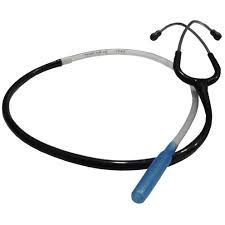
|
esophageal stethoscope:
Amplifies found of HR & RR |
|
|
Hyper/Hypo Capnia Etco2? *Etco2: Expired co2 |
Hypercapnia: Respiratory acidosis (above 40mmHg) Hypocapnia: Respiratory Alkalnosis (Below 30mmHg) |
|
|
Capnography? |
Co2 Monitor Normal: 35-45 mmHg |
|
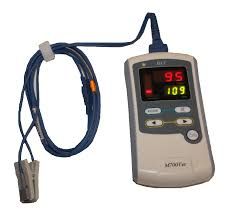
|
Pulse Oximeter: HR & Oxygen saturation (Sao2) Placed: Tongue, lip, tail, ear, digits, rectal |
|
|
Sao2 should never drop beow? Normal Sao2? Hypoxemia? |
less than 90% 95-100 % less than 60% |
|
|
Heart rate: Normal & Anesthesia ranges |
Normal: D 70-80bpm; C 145-200bpm, H 30-45bpm Anesthesia: D 60-180; C 100-220bpm; H 28-50bpm notify doc if drops below 60-80 bpm. |
|
|
Respiration rate? Normal & Anesthesia ranges |
Normal: D 10-30bpm; C 25-40bpm Anesthesia: 8-20bpm |
|
|
Atelectasis |
collapse lungs |
|
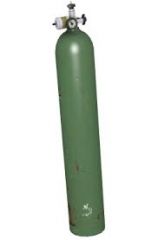
|
Oxygen tank (Green); Canada White |
|
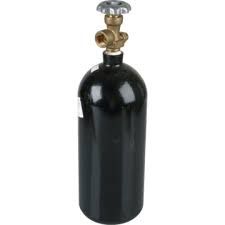
|
Nitrogen tank (Black) Power the drills, saws, orthopedic |
|
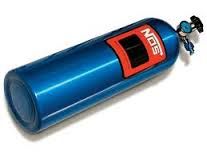
|
Nitrous oxide tank (BLue) Liquid & gas |
|

|
carbon dioxide tank (gray) Laparsopic procedures |
|
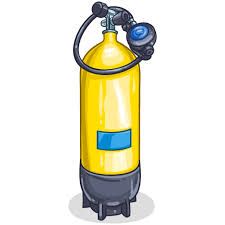
|
Mixed oxygen tank (yellow) Ventilators, scuba divers |
|

|
Helium tanks (Brown) |
|
|
E-Tank? G-Tank? H-Tank? |
E: Small 1200psi G: Medium/ scuba H: Large 2200psi |
|
|
normal tidal volume? |
10ml/kg/min |
|
|
Open system? |
Non rebreathing of exhale gasses. Mask/cone. No co2 absorbent; no bag Lab animals |
|
|
Semi-open system? |
Non rebreathing of exhale gasses No co2 abosrbent
Reservior bag to store anesthetic gasses and o2 7-10 kg Use bain curcuit mini dead space |
|
|
Semi-closed system? |
Partial re breathing (most common used) 25-50 ml/kg/min Components: Pop-off valve, Carbon dioxide absorbent Soda lime (Turns blue, needs change) Voc
|
|
|
Closed system? |
Circular system with pop-off valve closed
O2 flow is equal to the animals O2 metabolic requirement Small 4-7 ml/kg/min Large 2 ml/kg/min |
|
|
The amount of oxygen an animal is receiving is indicated by the? A. oxygen tank pressure gauge. B. flow-meter C. pressure manometer D. Vaporizer settings |
B. Flow-meter |
|
|
when the oxygen tank is full, the tank pressure gauge will read approximately? A. 1100 psi B. 2000 psi C. 500 psi D. 2200 psi |
A. 1100 psi |
|
|
The pressure gauge of nitrous oxide tank will read ______ psi when the tank is full and half full. A. 2200 B. 1100 C. 760 D. 500 |
C. 760 |
|
|
Nitrous oxide is present in the tank as a ? A. liquid B. gas C. liquid and gas |
C. liquid and gas |
|
|
the minimum size for the reservoir bag can be calculated as? A. 20-ml/kg B. 60 ml/lg C. 80 ml/kg D. 100 ml/kg |
B. 60 ml/kg |
|
|
the flutter valves on an anesthetic machine help? A. control the direction of movement of gases. B. maintain a full reservoir bag C. remove carbon dioxide D. Vaporize the liquid anesthetic |
A. control the direction of movement of gases. |
|
|
the pop-off vale is part of the anesthetic machine and helps? |
prevent excessive gas pressure from building up within the breathing circuit. |
|
|
T/F: Rebreathing systems are best reserved for animals over 7 kg? |
true |
|
|
Rebreathing is determine primarily by? |
fresh gas flow |
|
|
Nonrebreathing systems should have maintenance flow rates that are? |
130 ml/g/min |
|
|
the tidal volume of an animal is considered to be? |
10-15 ml/kg |
|
|
Pop-off vale system pressure should never go higher than? |
20mmhg |

